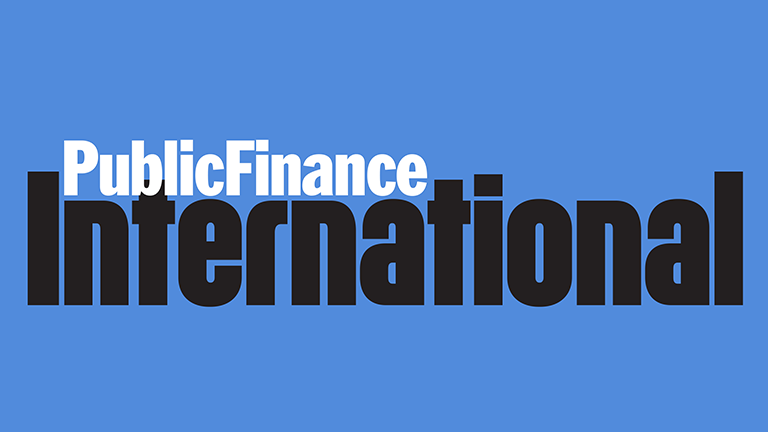The European Central Bank appears to define its price stability mandate as zero inflation. As a result, it has no effective policy to spur money growth and deal with unemployment across the continent
Last Thursday, the governing council of the European Central Bank announced a range of window-dressing measures intended to make it appear that the ECB understands monetary policy.
But none of the announced measures will do anything to raise nominal growth to the level required to achieve a material reduction in unemployment. Europe’s problem is the combination of a deflationary monetary policy, a contractionary fiscal policy, and ongoing credit contraction caused by the unending banking crisis.
It is noteworthy that the euro rose following ECB president Mario Draghi’s press conference, indicating that the market has no confidence in the achievement of 2% inflation.
When I was at college I was taught that, according to the quantity theory of money, the monetary authority determined the rate of nominal growth: MV = PT, where MV is velocity-adjusted money growth, and PT is nominal growth. I was also taught that in a depression, fiscal stimulus accompanied by reflationary monetary policy can stimulate aggregate demand.
I subsequently learned from Ben Bernanke, John Taylor and others that when interest rates are already very low, monetary policy can still stimulate demand by lowering the real interest rate (by raising inflation expectations). What I was taught appears to be unknown in the dark reaches of the Continent.
How can we explain Draghi’s puzzlement at the fact that when contractionary monetary and fiscal policies are pursued, and the real interest is far above the Taylor Rule, sustained growth does not occur? Does he truly believe that structural reforms alone will produce growth and inflation?
Show me an economics textbook, in any language other than German, that says the way to achieve nominal growth is to hold money growth at zero while pursuing structural reforms.
De minimis money growth produces de minimis nominal growth, which is what the ECB appears to be targeting (channelling the pre-Abe Bank of Japan).
The ECB evidently defines its mandate as zero inflation, which it believes is the foundation of its ‘credibility’. An analogy is the 1930-33 Fed, which maintained its ‘credibility’ by defending $20 gold in the face of 25% unemployment and a one third decline in Nominal GDP. Starvation is the best proof of central bank credibility.
Draghi desires both credibility and prosperity, which are incompatible. Either the ECB sacrifices its credibility, or else the European depression will continue.
Christopher T Mahoney is a former vice chairman of Moody’s. This post first appeared on his Capitalism and Freedom Blog





